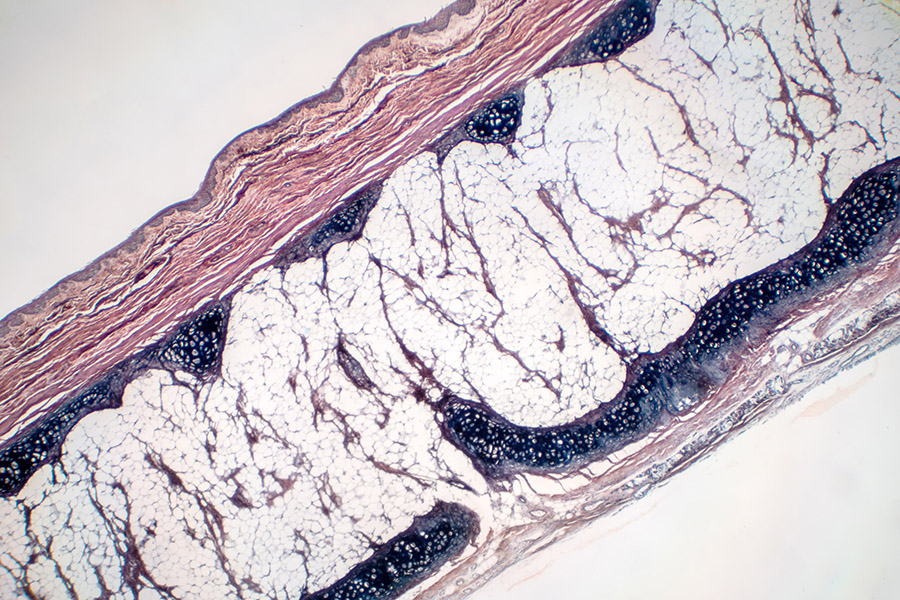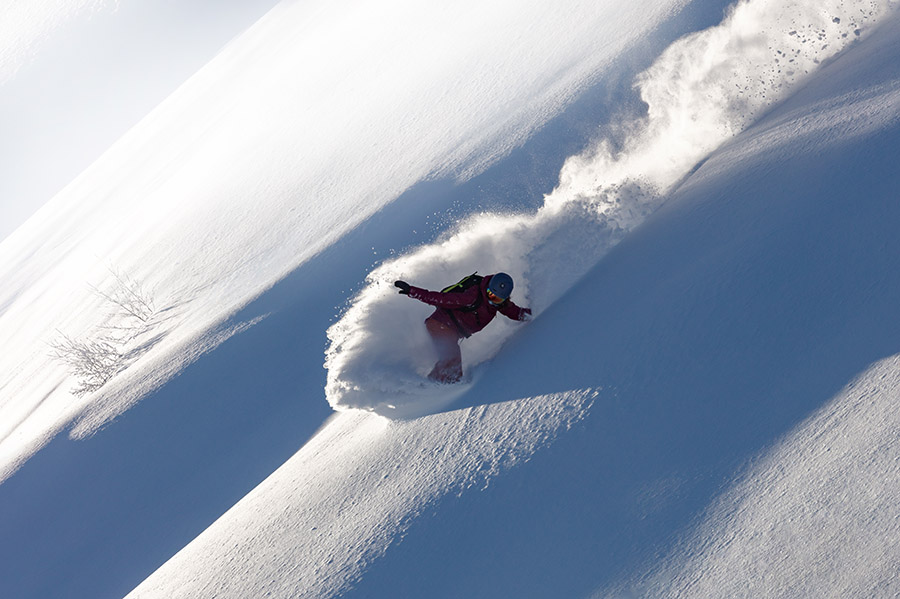Patellar tendinitis, or jumper’s knee, is a common sports injury that affects many types of athletes. Repeated movements can gradually weaken the patellar tendon in the knee and cause minor to severe pain or discomfort. We at Everett Bone & Joint are known for using innovative methods to treat our patient’s knee and tendon injuries. Below you’ll find information about jumper’s knee symptoms and treatments.
What is Patellar Tendinitis?
The patellar tendon connects the bottom of the kneecap to the top of the shinbone and though called a tendon, it’s actually a ligament. The patellar tendon gives stability to the bones by holding them together and works with the thigh muscle, as well as other connective tissues, to help a person move.
Patellar tendinitis occurs when the patellar tendon tissue becomes inflamed, swollen, or irritated, typically from overuse. The injury may cause minor to severe pain in the knee that worsens over time. If the knee isn’t treated, the pain may become debilitating and affect athletic performance. If allowed to become severe enough, may stop a patient from participating in their athletic activities altogether.
Causes of Jumper’s Knee
The reason for this particular injury having the nickname “jumper’s knee” is due to it being common among both professional basketball players and volleyball athletes. The repeated jumping slowly strains the patellar tendon. The tendinitis happens when someone pushes their knee tendon too far, too fast, or repeatedly, like jumping or sprinting motions. Minor strains and tiny tears slowly wear down tendon tissues, making them weak and sore over time; this is why it’s a slow injury.
So far, two main types of activities have been identified as potential causes:
- A sudden increase in activity, such as the amount of jumping
- Returning to play at full strength after a break, such as immediately playing volleyball after a long break without slowly getting back into the routine.
Other risks for jumper knee include:
- Age: people over 40 have a greater risk as the injury occurs over a long period of time, gradually.
- Level of athletic participation: professional level athletes train harder and more often and the intense training puts more stress on muscles and tendons.
- Type of physical activity: if participating in sports or activities that require a lot of jumping, springing, or abrupt movements at faster speeds then the risk of developing patellar tendonitis is higher.
Patellar Tendonitis Symptoms
Patellar tendonitis symptoms aren’t immediate and can grow more severe if left untreated, over time, and include:
- Dull ache or pain at the top of the shinbone, under the kneecap
- Stiffness, making it difficult to extend the knee
- Worsening pain with specific movements, such as squatting or walking downstairs.
As it’s a gradual injury to the knee, the symptoms usually slowly get worse and begin with minor knee pains. It may begin with rare discomfort after physical activity and grow sharper or more severe, feeling the pain during the activity rather than only after it.
Ways to Treat Patellar Tendonitis
Patellar tendonitis treatment focuses on managing symptoms and strengthening the soft tissues in the knee, beginning with more conservative treatment such as rest. If resting the knee doesn’t resolve the pain, your doctor will recommend treatment like:
- Avoiding activities and movements that trigger the symptoms
- Applying ice, this is usually recommended if there is swelling
- Pain relievers, such as over-the-counter anti-inflammatory medicines
- Supporting the knee with a knee brace
- Physical therapy to slowly increase the strength and flexibility of injured tendon tissues and help relieve the pain.
- Patellar tendon repair surgery, though a rare recommendation, can be suggested if imaging tests show a tendon tear.

























